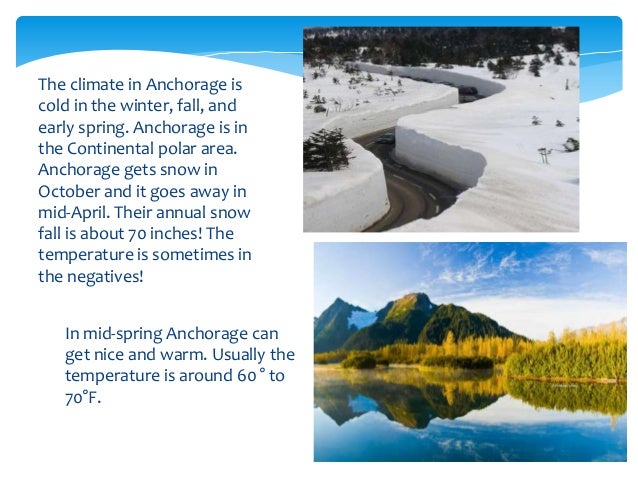
/cloudfront-us-east-1.images.arcpublishing.com/gray/4WXL7IOOINOT5LONZRYT2CY4PA.jpg)
The associated warm air, combined with longer daylight, sunshine and accelerated snowmelt gave a major boost to temperatures. In March 2019, the persistent high-pressure system was one of the strongest at this time of year in the region since 1949, as shown by the red and orange areas on the figure below. The absence of clouds in the atmosphere to block incoming solar radiation causes surface air temperature to rise during the day. High-pressure systems are typically associated with clear skies and calm weather.

These factors, explained below, illustrate the cumulative importance of the atmosphere, oceans and sea ice to the regional climate.įirst, a massive high pressure at mid-levels (500 mb) of the atmosphere was anchored most of the month over eastern Alaska and northwest Canada.
A persistent high pressure system over the region. So why was it so remarkably mild over such a large area? Three main factors were involved: In Alaska, the Deadhorse Airport at Prudhoe Bay averaged 23.8 ☏ (13.2☌) above normal, and Fairbanks had the warmest March in 115 years of climate records. At Inuvik, NT, the average March temperature was a stunning 14.4 ☌ (25.9 ☏) above the 1981-2010 normal. March 2019 was exceptionally mild over nearly all of Alaska and northwest Canada, with many locations in mainland Alaska, Yukon and western NT recording the mildest March on record by a wide margin. John saw their second and fifth driest March on record, respectively.Ī very warm month of March: the influence of the atmosphere, oceans and sea ice Prince George: Driest spring on record, receiving 51% of normal precipitation, while Fort Nelson and Fort St. Yukon and Northwest Territories: Warmer and drier than average spring conditions over the majority of the region, with several stations seeing their top 5 warmest and driest spring on record. Norman Wells: Wetter than average spring conditions, while the majority of western NT experienced a drier than average spring. Ketchikan: 22.90” (582 mm) of rain was only 80% of normal and is the driest spring since 1996. This is the latest week-long stretch with snow in the spring of record. This is two weeks earlier than normal and, by six days, the earliest break-up in the past 103 years.Īnchorage: Snow fell every day April 17 to 25. Nenana: The ice on the Tanana River at Nenana went out on April 14. The same idea applies to the precipitation normal values, except enhanced odds forĪbove- (below-) normal precipitation values are green (brown).Kotzebue: Average spring temperature of 30.7 ☏ (-0.7 ☌) was more than 15 ☏ (8 ☌) warmer than normal and 7.0 ☏ (3.9 ☌) warmer than the previous warmest spring in 2018. If the selected point is within an area of enhanced odds forīelow-normal temperatures, the shading around the normal maximum/minimum temperature will appear blue. If the selected point is withinĪn area of enhanced odds for above-normal temperatures, the shading around the normal maximum/minimum temperature will appear red. The color used to highlight the normal values (precipitation or maximum/minimum temperature) are used to delineate the category of the forecast at the point clicked. What does the highlighting around the normal precipitation or normal maximum/minimum temperature imply? What color scheme is used? The color scheme follows that of the static images for the 6-10 day forecasts and 8-14 day forecasts. Intervening values are linearly interpolated, combined with data from the COOP, and averaged over the 5-day period to createĪverage maximum/minimum temperature normals. For temperatures, monthly average maximum/minimum temperatures are assigned to theġ5th of the current month and subsequent month. These values are then summed over the 5-day period to create total precipitation normals. 
PRISM data are inherently available as monthly values.įor precipitation, daily average values are calculated (Monthly Total/Number of Days in Month) and combined with data from the Cooperative Observer Network (COOP). PRISM (Parameter-elevation Regressions on Independent Slopes Model) normals are used in this display. Many thanks to the staff there for developing the prototype and assisting in the transition to CPC.įAQ What climatologies are used in this display? This webpage was developed in conjunction with the Weather Forecast Office in Pendleton, Oregon (WFO PDT).


/cloudfront-us-east-1.images.arcpublishing.com/gray/4WXL7IOOINOT5LONZRYT2CY4PA.jpg)




 0 kommentar(er)
0 kommentar(er)
